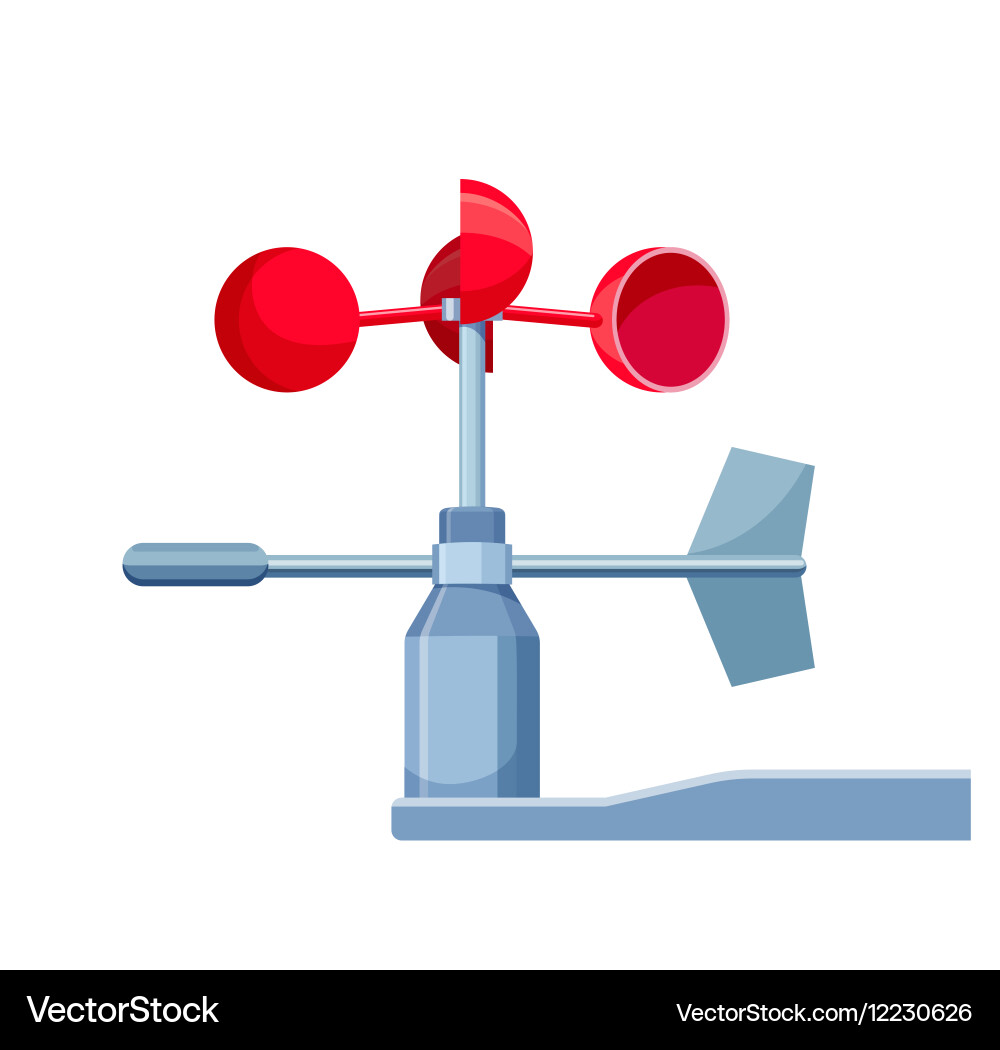Comprehending Different Kinds Of Anemometers for Different Applications
All You Need to Know About Anemometers: How They Function, Why They Matter, and Where to Use Them
Anemometers, though typically neglected in the world of scientific tools, play a vital role in numerous fields, supplying useful understandings into wind rate and air flow patterns. Understanding the auto mechanics behind these devices is necessary for anybody looking for to harness the power of this data. From meteorologists tracking weather patterns to designers creating structures with wind tons in mind, the applications of anemometers are diverse and far-reaching. As we explore the details of anemometer innovation, we will certainly uncover the inner functions of these tools, their value, and the key considerations when choosing the appropriate anemometer for particular applications.

Anemometer Essentials
A necessary tool utilized to gauge wind rate and instructions, the anemometer plays a crucial function in meteorology and numerous sectors. An anemometer typically contains three or 4 cups that rotate in the wind, a vane that points right into the wind, and sensing units to track the rotations or motions. By computing the rotations or movements over a specific amount of time, the anemometer can identify wind rate. The vane aids establish wind direction by pointing right into the wind, offering valuable information for weather condition forecasting, aeronautics, maritime operations, ecological tracking, and wind energy applications.
There are different types of anemometers readily available, consisting of mug anemometers, vane anemometers, hot-wire anemometers, and sonic anemometers, each with its special features and applications. Mug anemometers are frequently utilized for basic wind speed dimensions, while vane anemometers are favored for directional dimensions.
Principles of Anemometer Operation
Building on the foundational understanding of anemometer fundamentals, the principles of anemometer operation illuminate the technicians behind wind rate and instructions dimensions. Anemometers operate on the principle of air flow affecting a sensing unit, creating it to revolve. Mug anemometers, as an example, have 3 or even more mugs that catch the wind, creating them to rotate quicker as the wind rate boosts. The rotation speed is then exchanged a wind speed measurement. Vane anemometers, on the other hand, utilize a tail or a probe that straightens itself with the wind instructions, providing a measurement of wind direction based on the orientation of the sensing unit. Hot-wire anemometers rely upon a warmed cord that cools down as wind overlooks it, with the rate of cooling determining the wind rate. Ultrasonic anemometers procedure wind speed and direction by evaluating the moment it takes for ultrasonic signals to take a trip between transducers. Comprehending these principles is essential for precise and reliable wind measurements in different applications.
Importance of Anemometers
The importance of anemometers in weather forecasting and various markets can not be overstated. Anemometers play a crucial duty in determining wind rate and instructions, supplying crucial data for weather condition projecting, environment researches, environmental tracking, and aviation operations. Meteorologists depend on anemometers to gather exact wind information, helping them understand weather condition patterns, anticipate tornados, and concern prompt cautions to the general public. In markets such as building, farming, renewable resource, and maritime operations, anemometers are made use of to enhance procedures, guarantee security, and raise effectiveness. Wind farm operators make use of anemometers to assess wind problems and make best use of electricity production from wind generators. In the maritime sector, anemometers aid ship navigation by providing real-time wind information to captains, helping them make informed decisions to make sure risk-free voyages. In general, anemometers are vital tools that contribute dramatically to safety, performance, and educated decision-making in weather forecasting and a large range of sectors.
Applications Throughout Different Industries
In the eco-friendly browse around these guys power market, anemometers play an essential duty in examining wind problems for wind ranch positionings, making sure ideal power manufacturing. Industries like construction and mining use anemometers to check wind speeds, important for safety methods, particularly when functioning find out here at heights or in open-pit mines where strong winds can present threats. In agriculture, anemometers help farmers in handling plant splashing by providing real-time information on wind rate to avoid drift.

Selecting the Right Anemometer for Your Requirements
For general objectives, a cup anemometer is appropriate for measuring wind rate, while a vane anemometer offers wind instructions data. Hot-wire anemometers are optimal for reduced airspeed measurements, and ultrasonic anemometers supply high precision and resilience.

Conclusion
To conclude, anemometers play a critical duty in gauging wind speed and direction throughout different sectors. Comprehending the concepts of anemometer procedure is crucial for selecting the best device for details needs. From meteorology to aviation, anemometers are essential devices for collecting accurate information and guaranteeing security in various applications. When choosing the most suitable tool for determining wind conditions., it is vital to consider the relevance of anemometers in order to make educated choices.
There are various kinds of anemometers available, consisting of cup anemometers, vane anemometers, hot-wire anemometers, and sonic anemometers, each with its one-of-a-kind functions and applications. Mug anemometers are commonly made use of for basic wind speed dimensions, while vane anemometers are preferred for directional measurements. Hot-wire anemometers are appropriate for low airspeeds, and sonic anemometers are ideal for high-precision measurements in research study and industrial setups.Building on the go to this site foundational understanding of anemometer basics, the principles of anemometer procedure illuminate the auto mechanics behind wind speed and direction dimensions. For general functions, a mug anemometer is appropriate for determining wind rate, while a vane anemometer gives wind instructions information.